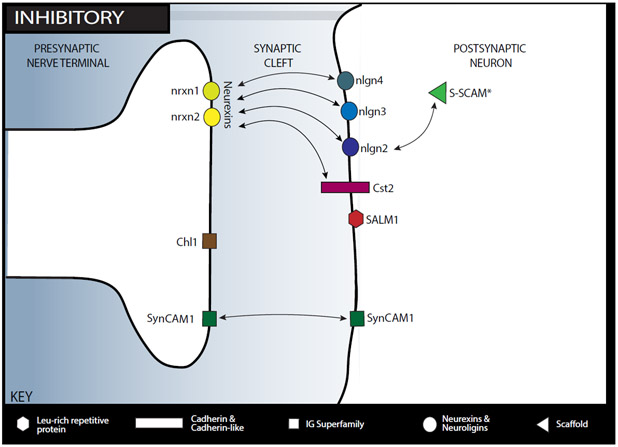Figure 3. sCAM interaction network in the inhibitory synapse.
This figure shows the location of sCAMs discussed in the review within the inhibitory synapse as well as their binding partners. The following sCAMs are shown:
Calsyntenin-2 (Cst2) is a member of the cadherin superfamily and resides on the postsynaptic side of both inhibitory and excitatory synapses.
Cell adhesion molecule L-1 like (Chl1), a member of the immunoglobin superfamily, resides on the presynaptic membrane and is involved in heterophilic binding, though its specific binding partners are unknown.
The neurexin family (shown here are nrxn1 and nrxn2) are predominantly presynaptic organizers of the synapse with thousands of isoforms and multiple binding partners.
Neuroligin 2 (nlgn2) is on the postsynaptic side of inhibitory synapses and binds with neurexins as well as the scaffolding protein, S-SCAM.
Neuroligin 3 (nlgn3) is on the postsynaptic side of both excitatory and inhibitory synapses and binds trans-synaptically to neurexins.
Neuroligin 4 (nlgn4) is on the postsynaptic side of inhibitory synapses and binds trans-synaptically to neurexins.
Synaptic adhesion like molecule (SALM1) is a postsynaptic molecule in the leucine rich repeat protein family that is present in both excitatory and inhibitory synapses.
Synaptic cell adhesion molecule 1 (SynCAM1), a member of the immunoglobin superfamily, is present on both the pre- and postsynaptic sides and is involved in homophilic as well as heterophilic binding.
Synaptic scaffolding molecule (S-SCAM) is a scaffolding protein in the postsynaptic neuron in excitatory and inhibitory synapses and interacts with select glutamatergic receptors (NMDAR and AMPAR) as well as other synaptic proteins.

